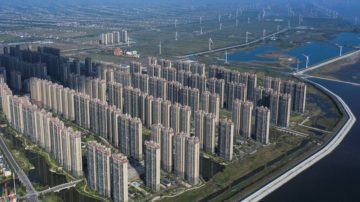 Ho-fung Hung in Phenomenal World:
Ho-fung Hung in Phenomenal World:
The ongoing crisis for Chinese property developer Evergrande has made the giant company the focal point of global concern. Creditors, investors, contractors, customers, and employees of Evergrande within and outside China have watched anxiously to see whether the Chinese government would decide that Evergrande was too big to fail. If Evergrande were to collapse, the repercussions for both the financial system and construction supply chains are impossible to predict. Reportedly, the central government in Beijing has issued a warning to local governments to brace for the possible social and political fallout.
Even if Evergrande were salvaged through government intervention, the Chinese state would continue to face new dilemmas. Evergrande is just one of many troubled property development firms that face potential default. As housing prices in China fall, the crisis has already spread to other property developers, such as Kaisa. The US Federal Reserve explicitly warned that China’s housing crisis could spill over to the US and global economy.
The crisis of Evergrande and China’s large property sector is a manifestation of the crisis of China’s growth model. The limits of that model can be seen in ghost towns across the country; China’s empty apartments are estimated to be able to house the entire population of France, Germany, Italy, the UK, or Canada. How could such development sustain high-speed growth for so long, and why has it failed now? To understand the ongoing crisis, we need to understand how property—and fixed investment more broadly—is connected to other moving parts of the Chinese and global economies.
More here.
